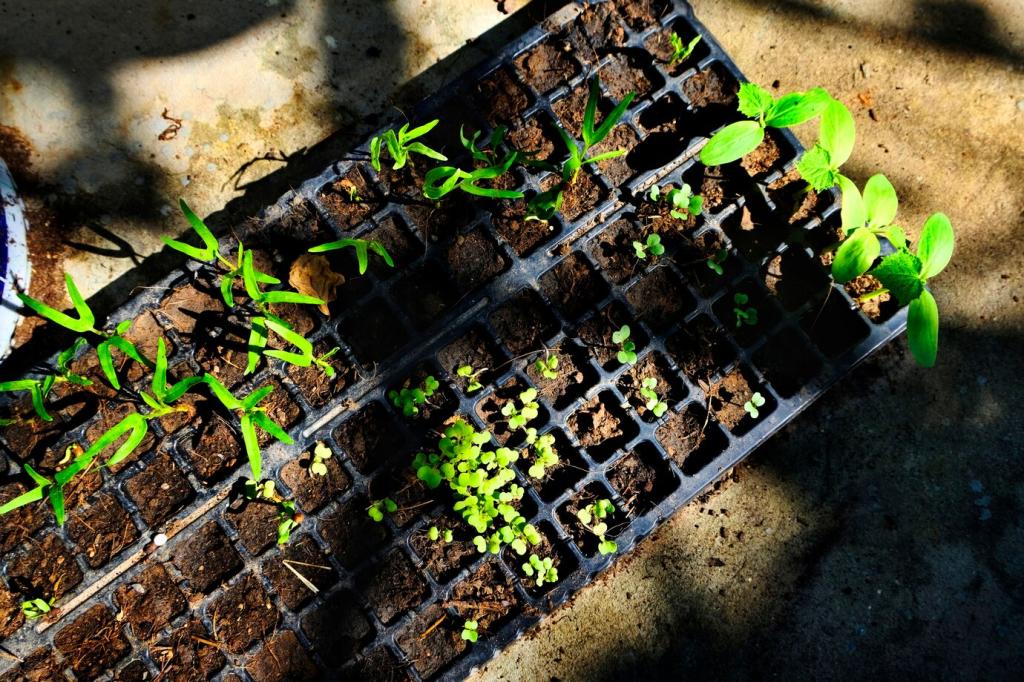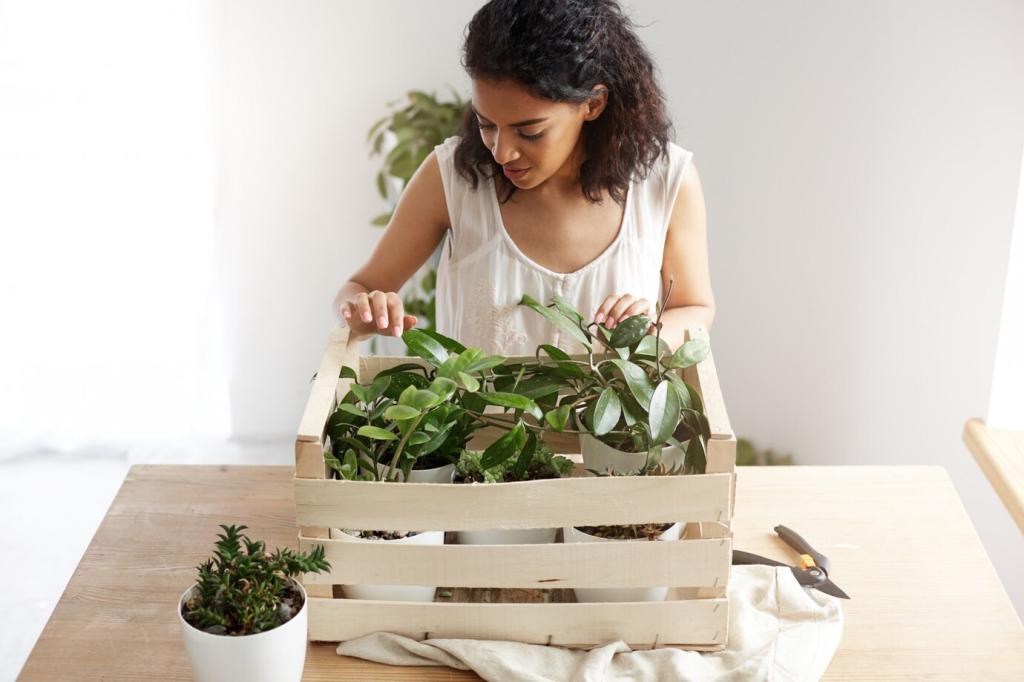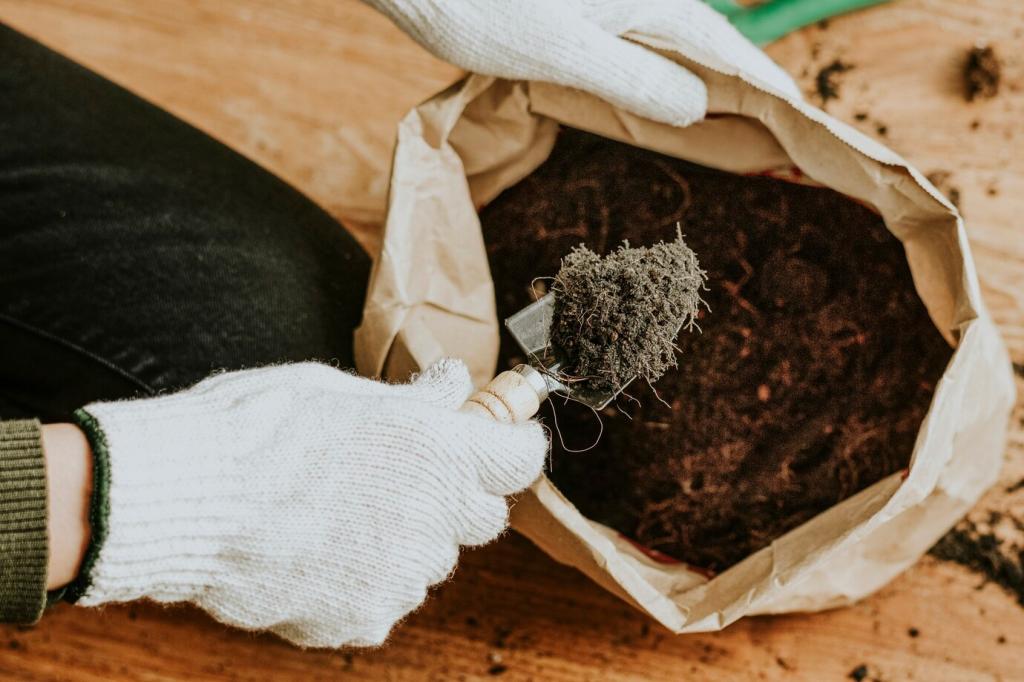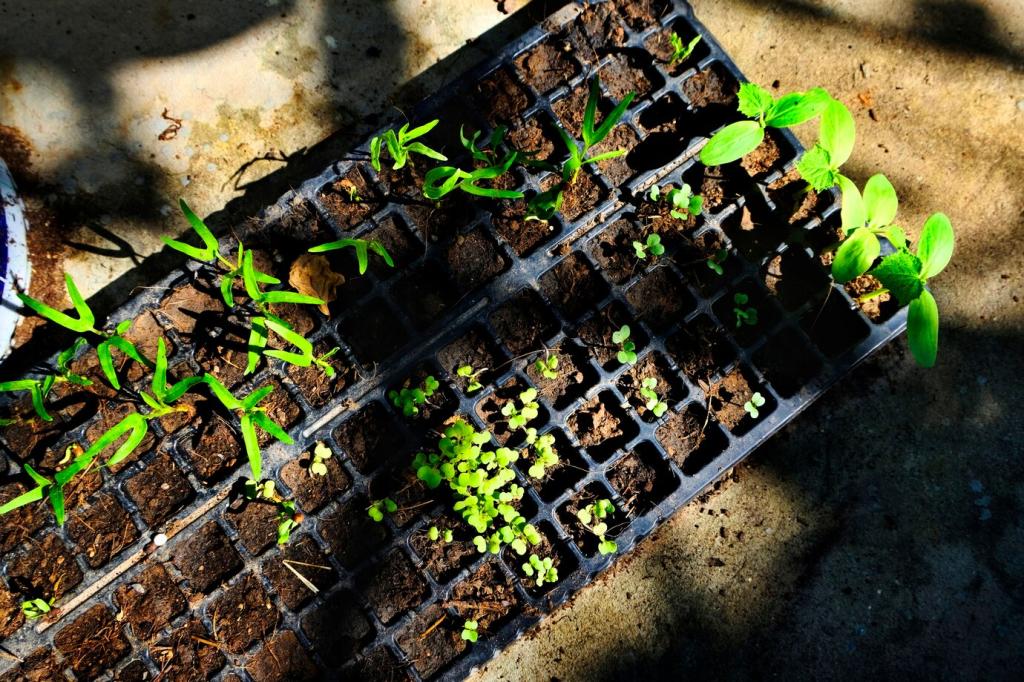Troubleshooting Common Balcony Composting Issues
Pinpointing the Source of Bad Odors
Anaerobic vs. earthy: read the smell
A healthy compost smells like clean soil. Sour, vinegary, or rotten odors usually signal anaerobic pockets. When Miguel noticed a pickle-like tang, he fluffed the bin, added shredded cardboard, and the earthy scent returned within two days.
Balance greens and browns quickly
Excess kitchen scraps overwhelm microbes. Add two handfuls of dry browns for every handful of wet greens to steady the carbon–nitrogen balance. Shredded mail, dry leaves, and wood shavings work fast—subscribe to get our printable ratio cheat sheet for balcony bins.
Boost airflow without losing moisture
Gently turn the top layer and create small air channels with a stake. Elevate the bin on slats for bottom airflow, then cap fresh scraps with a dry browns “blanket” to prevent odors while keeping the core pleasantly damp.

Fruit fly prevention made simple
Bury fresh scraps at least two inches deep and cover with dry browns. Freeze banana peels before adding them to reduce eggs, and keep a vinegar trap nearby to intercept adults. Tell us your best fruit fly trick in the comments.

Ant-proofing your setup
Ants love dry, sweet zones and easy access. Seal gaps, keep the bin slightly moist but not wet, and place legs in shallow water moats if you use a stand. A quick perimeter cleanup of crumbs and sap goes a surprisingly long way.

Gnat control through moisture discipline
Fungus gnats bloom in soggy, stagnant mixes. Improve drainage, add absorbent browns, and stir lightly every few days. Sticky traps near the bin catch adults while you restore balance—share which traps work best for you and why.
Grab a handful from the core, squeeze, and look for one to two drops. More than that means add browns; none means mist lightly. Elena keeps a jar of shredded cardboard by the bin so balancing takes less than a minute.
Moisture Mastery in a Small Container
Chop peels and stems into thumbnail pieces to increase surface area. Carla uses kitchen shears directly over the bin, and her turnaround from apple core to crumbly compost halved in a month. Small cuts, big acceleration.
Jump-starting a Slow or Stalled Compost
Black bins heat quickly, which helps until it overheats. In hot spells, shift to partial shade; in cool weeks, give morning sun. A simple thermometer tells you if microbes are cozy or sluggish—share your weekly temps.
Jump-starting a Slow or Stalled Compost
Leakage, Leachate, and Neighbor-Friendly Practices
Collect leachate in a tray and use it cautiously. Many composters dilute non-smelly leachate heavily for ornamental plants only. If it smells off, discard responsibly in the toilet or municipal green waste instead.
Leakage, Leachate, and Neighbor-Friendly Practices
Place the bin in a shallow rigid tray to catch drips. Wipe the rim after feeding, keep a small brush handy, and sweep weekly. These quick habits prevent streaks, stains, and complaints before they start—subscribe for our checklist.



Join our mailing list
